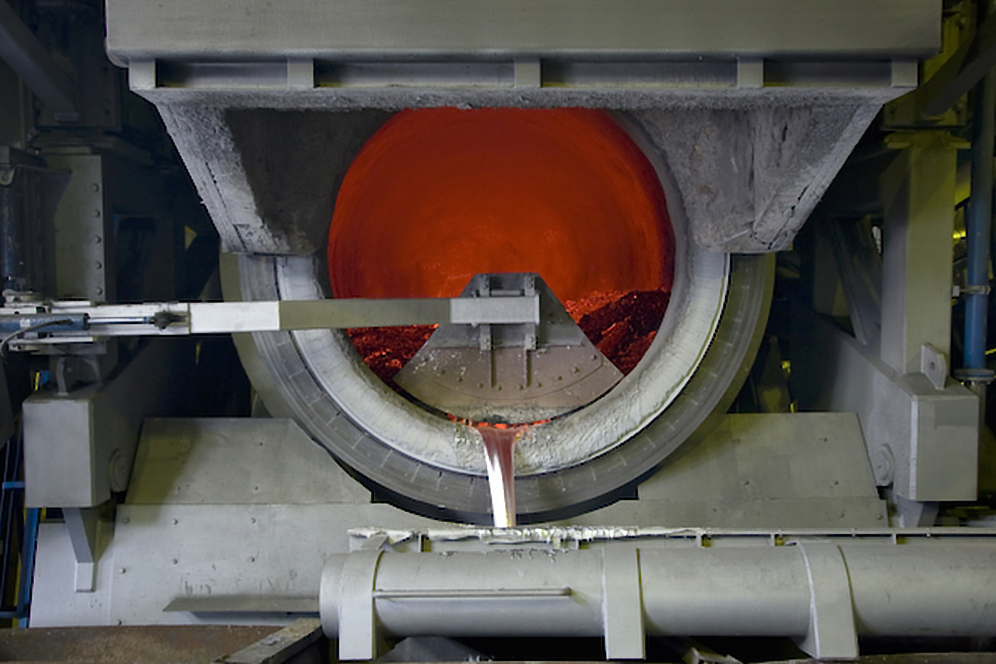
The global aluminum industry must slash greenhouse gas emissions by 77% by 2050 to meet climate change goals, largely through shifting to green electricity, the International Aluminium Institute said on Tuesday.
“The challenge for us and for many sectors is reducing those emissions while growing production to meet demand,” Chris Bayliss, IAI deputy secretary-general, told an online briefing.
About 60% of aluminum emissions are from electricity used to smelt raw materials into the lightweight metal, according to a report released by the industry group on Tuesday that detailed ways to reduce emissions.
Demand for aluminum is due to grow by 80% to around 180 million tonnes of semi-fabricated products by 2050, partly because it is needed to help other sectors cut emissions, in electric vehicles, for “green buildings” and power cabling, Bayliss added.
But the aluminum sector must find ways to slash its CO2 emissions from the current levels of 1.1 billion tonnes to 250 million tonnes by 2050, he said. If nothing is done, they are projected to grow to 1.6 billion by 2050.
Large amounts of emissions come from China, which is both the world’s biggest aluminum producer and a large user of coal to generate power.
But even producers that make so-called “green aluminum” with hydropower will also need to reduce emissions to meet global climate change goals, Bayliss said.
For instance, “process” emissions, including from using carbon anodes in smelting, make up about 15% of the total.
Recycling aluminum causes scant emissions, so finding ways to collect the 7 million tonnes of metal that is not currently recycled is another strategy, he added.
(By Eric Onstad; Editing by Nick Zieminski)
Comments